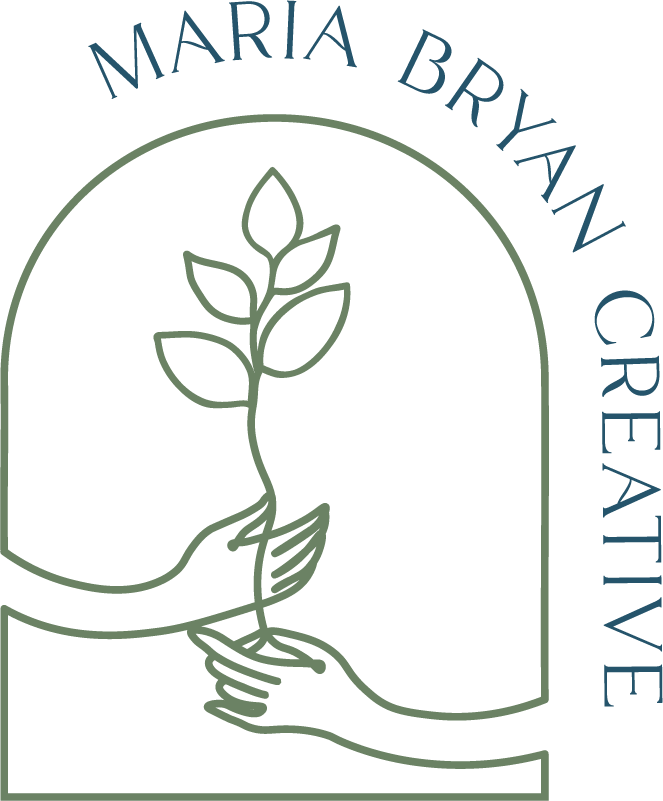Your Nonprofit Needs Communications Policies and Procedures
If you’re working in a small nonprofit, chances are everyone pitches in with social media, outreach materials, and fundraising. If you’re working in a large nonprofit, I bet each department takes a bit too much liberty with their communications (oh hello, pic art flyers).
Either way, your nonprofit needs communications policies and procedures.
Your nonprofit’s brand should reflect the high-quality services you provide, full stop. That means messaging and design should be consistent (and good), and all public-facing communications should undergo some kind of review.
Let’s get everyone on the same page. Now is the time to write and present organization-wide communications policies and procedures for everyone to follow—from human resources, program teams in the field, grant writers, and gala planning extraordinaires.
Use this free communications policies and procedures template as a start.
Here’s more information on the kinds guideline sections that you should consider.
COMMUNICATIONS STANDARD
Start with a basic communications policy that lets your staff know in writing what kind of content is highly unacceptable. Here is an example:
We will not publish content that would constitute discrimination or harassment of any kind, defamation and threats, profanity and similarly inappropriate language, or content that violates copyright and trademark law, promotes illegal activity, or commercial sales.
BRANDING BASICS
Branding basics is a good section to link to a brand guide if you have one, and summarize your brand colors and fonts. You should also include your logo and instructions on the dos and don’ts of logo use.
This section is also where you will want to have boilerplate about your organization, which is a standard and short description or your nonprofit (think elevator pitch) to be used in grants, reports, presentations, press releases, and the like.
MATERIAL DEVELOPMENT & REVIEW PROCESS
As I said earlier, there should be material development and review processes in place for all communications, to ensure brand consistency, and to catch something that could get your nonprofit in trouble (like using copyrighted material or inappropriate content).
Put together a workflow and timeline for developing and reviewing content.
Be clear on what materials do and do not need to be reviewed, and which materials are only to be developed by the communications department.
For example, maybe the communications department does not need to review every grant, but they do need to review all external presentations, reports, and outreach emails. Perhaps all flyers, posters, and social media content must be created by the communications team, and the communications team only.
The more detailed this section is, the better.
MEDIA USE
Hopefully, your staff is aware that they need to be very careful about media use (images, videos, and audio). Using googled images is a recipe for a copyright lawsuit, and using client images on marketing materials and online without permission can have significant repercussions.
This section is where you will give guidance on the dos and don’ts of media use. I suggest developing a photo library of relevant stock images, so both you and other staff have access to high quality and legal images.
EVENT COVERAGE
What is your protocol when the program and fundraising staff have an event? Do they text or email you images? Do you go with your fancy DSLR camera to capture it all and live-tweet? Most importantly, how are you getting those consent forms filled out?
Every nonprofit communications professional knows that events are goldmines for good content. Get your workflow down on paper!
PRESS
Who writes press releases? What happens when a reporter contacts program staff? And who should be quoted?
For example, a strategic thought-leadership plan may include that your CEO provides all quotes on behalf of the organization. Get that all down in this section.
WEBSITE UPDATES
Everyone in your organization should be responsible for keeping the website up-to-date. When there is a change in program or contact information, or if a team wants to promote an event or service, be clear that it is their responsibility to let communications or the webmaster know.
SOCIAL MEDIA
There was a time a few years back when just about every program felt they needed their very own social media presence, even if it was apart from the organization’s main pages. I recommend limiting the number of program social media accounts (for quality control) unless they are highly successful in reaching and engaging target clients.
This section is where you want to make it clear who can and cannot create and manage social media accounts.
Aside from social media management guidelines, this is a good space to share how staff can get involved in social media, including event coverage, live-tweeting, Facebook live, and Twitter chats.
I suggest having a separate social media management guide, read this post to learn more about that.
BLOG & NEWSLETTERS
If you have an ongoing blog or newsletter series, like client, donor, or staff stories, this is an excellent section to write out that workflow. I’ve found that program directors want oversight of client features (as they should!), so be clear that they will be involved in the review process.
MARKETING CAMPAIGNS
Your staff may not realize that you can and will support large marketing campaigns. After all, that’s your wheelhouse! Put that workflow in this section.
EMAIL SIGNATURE & VOICEMAIL MESSAGE
I’m a branding nitpicker, and nothing hits a nerve more than a dozen different kinds of email signatures. This section is where you can provide a standard email signature that everyone must use, as well as a standard voicemail message script.
You made it! Are you overwhelmed?
Putting together communications policies and procedures will be a significant commitment. It will also make a huge difference for your brand and your relationship with staff. Make this a goal for the second half of your year. Your entire organization will be glad you did.

